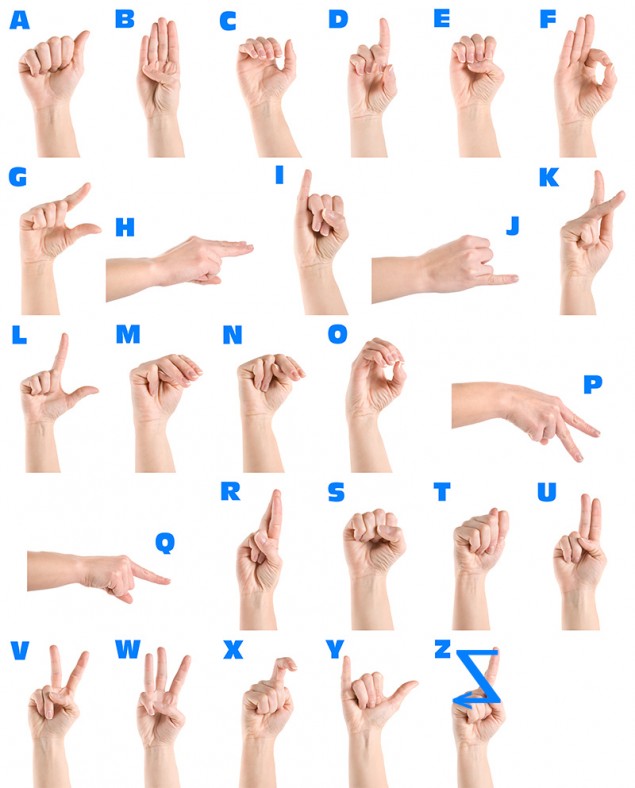Sign language is mainly used by the Deaf and Hard-of-Hearing community. But it is beneficial for the communication of people with disabilities including Autism, Apraxia of speech, Cerebral Palsy, and Down Syndrome as well.
History
Today it is assumed that the communication through signs was developed even before the vocal communication. Native Americans communicated with tribes and Europeans using hand guestures. Benedictine monks were known to sign during the daily periods of silence.
The Spanish Benedictine monk Juan Pablo Bonet is named to be the first creator of a formal sign language for the hearing impaired. In the 16th-century he was teaching deaf to communicate with gestures. After that he started exploring and developed an education method for deaf where they should shape letters with the hand in association with the phonetic sounds by their oral voice. In 1755 the French Catholic Priest Charles-Michel de l’Épée founded the first public school for deaf children. He added the signs of the pupils to a manual alphabet creating a complex system with all relevant grammatical elements. His system became the first sign language and spread across Europe and to the United States of America. Establishing new schools for deaf throughout the countries, new signs from different households where brought to the schools and new alphabets and sign languages developed. Today modern signing systems differ through pronunciation, word order and even express regional accents.


Fingerspelling
The use of hands to represent the letters of the alphabet is called “fingerspelling”. It helps signers to name people, specific places and words which have no established sign within the language. For example signers would spell out the word “oak” by fingerspelling while there is a specific sign for “tree”. There are different sign language alphabets around the world and due to little modifications each manual alphabet has its uniqueness. These are carried out either with the use of one hand (like American Sign Language(ASL)) or with two hands (like British Sign Language(BSL) and Australian Sign Language (Auslan)).
Signs
There are between 138 and 300 different types of sign languages around the world. Due to the visual nature and grammar of the sign languages the wordorder differs from spoken languages. This is why it can be difficult to some signers to speak the words while they are signing. As well as speaking must be trained regularly because they have to get used to speaking while focusing on breathing, volume and pausing their voice they can not hear.
Sources
https://www.nationalgeographic.com/history/magazine/2019/05-06/creation-of-sign-language/